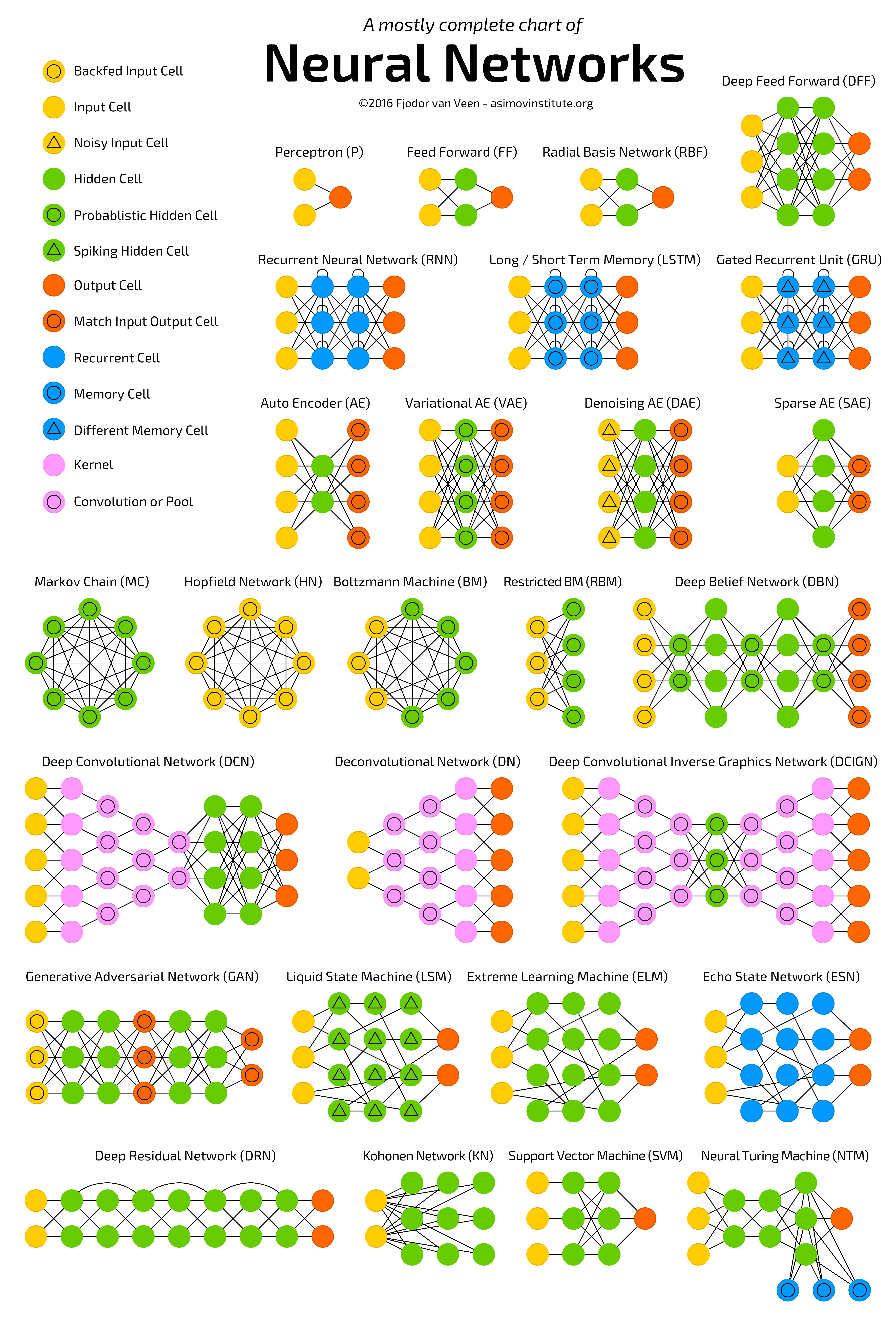
Introduction
Data analysis plays a pivotal role in the decision-making processes of professionals across industries. Whether it's market research, financial analysis, or operational efficiency, the ability to make sense of vast amounts of data is crucial. However, traditional data manipulation methods often fall short in providing efficient and streamlined solutions. This is where Microsoft Office Excel search functions come into play, revolutionizing data analysis and enabling professionals to extract invaluable insights without wasting valuable time.
Understanding Excel Search Functions
Before we delve into the benefits and practical applications of Excel search functions, let's first grasp their relevance. Excel search functions serve as powerful tools that help users locate specific data points within a dataset or range. These functions are designed to optimize data analysis efforts, allowing users to efficiently manipulate, retrieve, and organize data according to their specific requirements.
The key benefits of utilizing Excel search functions are manifold. Firstly, they enhance productivity by significantly reducing the time and effort required for data analysis. With Excel search functions, professionals can swiftly locate and extract information, eliminating the need for manual scanning or sorting. Additionally, these functions offer precision and accuracy, minimizing errors and ensuring reliable results. Moreover, Excel search functions provide versatility, catering to a wide range of search requirements and allowing users to customize their data analysis approach.
When it comes to Excel search functions, there is a plethora of options available. Each function serves a unique purpose, catering to specific search requirements. Let's explore some of the most commonly used and effective Excel search functions.
Leveraging Basic Excel Search Functions
Utilizing the 'FIND' function for basic search requirements
One of the fundamental Excel search functions is the 'FIND' function, which helps users locate the position of a specific character within a text string or cell. This function is particularly useful when dealing with large datasets that require precise identification of specific characters or patterns. By using the 'FIND' function, professionals can streamline their data analysis by efficiently pinpointing the desired information within a sea of data.
Excel's 'SEARCH' function: Advantages and practical applications
Similar to the 'FIND' function, the 'SEARCH' function allows users to locate specific characters within a text string or cell. However, the key advantage of the 'SEARCH' function is its case-insensitivity, enabling users to search for text regardless of its capitalization. This function is immensely helpful when the capitalization of the data being analyzed is inconsistent or unknown. Whether it's searching for keywords in a document or analyzing customer feedback, the 'SEARCH' function empowers professionals to efficiently extract relevant information.
Enhancing data analysis using the 'MATCH' function
The 'MATCH' function is a powerful tool for professionals seeking to enhance their data analysis capabilities. This function allows users to determine the relative position of a value within a dataset, making it an invaluable asset for sorting and comparing data. By using the 'MATCH' function, professionals can effortlessly identify trends, patterns, or outliers within their datasets, facilitating informed decision-making processes.
Advanced Excel Search Functions for Enhanced Analysis
While basic Excel search functions provide a solid foundation for data analysis, advanced search functions take analysis to the next level. Let's explore some of the most powerful and versatile Excel search functions.
Mastering the 'VLOOKUP' function for efficient data mapping
The 'VLOOKUP' function is a game-changer when it comes to data mapping. It allows users to search for a specific value in a dataset and retrieve corresponding information from a different column. This function simplifies data mapping by eliminating the need for manual cross-referencing and significantly expedites the process. Whether it's matching customer names with their contact information or linking sales figures to specific products, the 'VLOOKUP' function empowers professionals to efficiently analyze and organize their data.
Unraveling complex data patterns with 'INDEX' and 'MATCH'
The combination of the 'INDEX' and 'MATCH' functions presents a dynamic duo for unraveling complex data patterns. While the 'INDEX' function returns the value of a cell within a range, the 'MATCH' function enables users to identify the position of a value within a dataset. By utilizing these functions together, professionals can effortlessly extract specific information based on multiple criteria and unlock profound insights hidden within their data.
Consolidating data effortlessly using 'HLOOKUP' function
The 'HLOOKUP' function serves as a valuable tool for consolidating data from different tables or ranges. It allows users to search for a specific value in the first row of a dataset and retrieve corresponding information from another row. This function is particularly useful in scenarios where information is scattered across multiple tables or when merging datasets for comprehensive analysis. With the 'HLOOKUP' function at their disposal, professionals can efficiently consolidate data, saving time and effort.
Optimizing Data Analysis with Multiple Conditions
In some cases, data analysis requires a more complex approach involving multiple conditions. Excel search functions offer a range of powerful tools to tackle such scenarios.
Employing 'IF' and 'AND' functions for conditional analysis
The 'IF' function is a versatile tool that allows professionals to introduce conditional logic into their data analysis. By using the 'IF' function, users can define specific criteria and instruct Excel to perform designated actions based on the fulfillment of these conditions. Similarly, the 'AND' function enables users to analyze data based on multiple conditions, facilitating advanced filtering and sorting. With these powerful functions in hand, professionals can tailor their data analysis to meet specific requirements and extract precise information.
The power of 'COUNTIF' and 'SUMIF' functions in data filtering
The 'COUNTIF' and 'SUMIF' functions are indispensable when it comes to filtering and summarizing data based on specific criteria. The 'COUNTIF' function counts the number of cells within a range that meet a given condition, while the 'SUMIF' function calculates the sum of cells that meet a particular condition. By utilizing these functions, professionals can efficiently filter and analyze data, gaining valuable insights into patterns, trends, and aggregate values.
Integrating logic and data manipulation with 'IFERROR' function
The 'IFERROR' function empowers professionals to handle errors, ensuring smooth data analysis processes. By using this function, users can define a specific value or action to be taken when encountering an error, such as a division by zero or a missing value. This function enhances data accuracy and reliability, allowing professionals to confidently proceed with their analysis without the fear of unexpected errors derailing their efforts.
Going Beyond: Array Formulas and Advanced Techniques
For those seeking to push the boundaries of Excel search functions, array formulas and advanced techniques provide further avenues for comprehensive data analysis.
Understanding array formulas for comprehensive data analysis
Array formulas are a powerful toolset that enables professionals to perform complex calculations and manipulate multiple data points simultaneously. These formulas excel in scenarios where users need to analyze large datasets or handle multiple conditions. By leveraging array formulas, professionals can unlock the true potential of Excel search functions and streamline their data analysis efforts like never before.
Expanding search capabilities with 'FILTER' function
Excel's 'FILTER' function opens up exciting possibilities for data analysis. This function enables users to extract specific data based on a given condition, creating dynamic filters that adapt to changing requirements. With the 'FILTER' function, professionals can explore data subsets, uncover hidden insights, and gain a deeper understanding of complex datasets, making it an invaluable asset for advanced data analysis.
Advanced techniques to refine Excel search functions
To further refine and optimize Excel search functions, professionals can explore advanced techniques such as conditional formatting, pivot tables, and macros. These techniques allow users to automate repetitive tasks, visualize data, and customize data analysis approaches according to their specific needs. By incorporating these advanced techniques, professionals can elevate their data analysis endeavors to new heights of efficiency and effectiveness.
Summary
In summary, Excel search functions offer a game-changing solution to streamline data analysis efforts. By harnessing the power of these functions, professionals can revolutionize their decision-making processes, empowering them to make informed choices and drive business growth. Let's address some frequently asked questions related to Excel search functions.
FAQs
Q: Can Excel search functions handle large datasets efficiently?
A: Yes, Excel search functions are designed to handle large datasets efficiently, allowing users to extract relevant information within seconds.
Q: Are Excel search functions compatible with all versions of Excel?
A: Yes, Excel search functions are compatible with all versions of Excel, ensuring their accessibility to users across different platforms.
Q: Can Excel search functions be combined to perform complex analysis?
A: Absolutely! Excel search functions are highly versatile and can be combined to perform complex analysis involving multiple conditions and data manipulations.
Q: How can I learn more about Excel search functions?
A: Excel provides comprehensive documentation and tutorials for learning about search functions. Additionally, there are numerous online resources and forums dedicated to Excel, where professionals can find helpful tips, tricks, and insights.
In conclusion, Excel search functions are an indispensable asset for professionals seeking to optimize their data analysis efforts. By utilizing these functions effectively and exploring advanced techniques, professionals can uncover hidden patterns, make data-driven decisions, and propel their organizations towards success. So, embrace the power of Excel search functions and unleash the true potential of your data analysis.
























































